A History of Russia and Its Empire
A History of Russia and Its Empire
From Mikhail Romanov to Vladimir Putin
Kees Boterbloem
ROWMAN & LITTLEFIELD PUBLISHERS, INC.
Lanham Boulder New York Toronto Plymouth, UK
Published by Rowman & Littlefield
4501 Forbes Boulevard, Suite 200, Lanham, Maryland 20706
www.rowman.com
10 Thornbury Road, Plymouth PL6 7PP, United Kingdom
Copyright 2014 by Rowman & Littlefield
All rights reserved . No part of this book may be reproduced in any form or by any electronic or mechanical means, including information storage and retrieval systems, without written permission from the publisher, except by a reviewer who may quote passages in a review.
British Library Cataloguing in Publication Information Available
Library of Congress Cataloging-in-Publication Data
Boterbloem, Kees, 1962 author.
A history of Russia and its empire : from Mikhail Romanov to Vladimir Putin / Kees Boterbloem.
pages ; cm
Includes bibliographical references and index.
ISBN 978-0-7425-6838-9 (cloth : alk. paper) ISBN 978-0-7425-6839-6 (pbk. : alk. paper) ISBN 978-0-7425-6840-2 (electronic) 1. RussiaHistory. 2. Soviet UnionHistory. 3. Russia (Federation)History1991 I. Title.
DK40.B596 2014
947.08dc23
2013013853
 The paper used in this publication meets the minimum requirements of American National Standard for Information SciencesPermanence of Paper for Printed Library Materials, ANSI/NISO Z39.48-1992.
The paper used in this publication meets the minimum requirements of American National Standard for Information SciencesPermanence of Paper for Printed Library Materials, ANSI/NISO Z39.48-1992.
Printed in the United States of America
Preface
A textbook can never do proper justice to the past of a country as vast and complex as Russia in its various incarnations since 1613. Then again, no work of history has ever been able to present a truly comprehensive or exhaustive depiction of the past (and some may say that works of literature, such as Joyces Ulysses or Prousts In Search of Lost Time , have been more successful at doing this than any history book). Given the limits to this volumes size, I can merely touch on certain things and will omit vast parts of Russian history, let alone Ukrainian, Kazakh, or Georgian history. But I have tried to include something of the history of the predominantly non-Russian parts of the former Russian Empire and Soviet Union; the manner through which these parts were incorporated into Russia; and the relationship between the Russian center with the non-Russian periphery thereafter. For, before 1991, it can be argued that this was the last of the great multinational empires, a country in which almost two hundred distinct ethnocultural groups lived, rather than a nation-state.
And I have placed a fair amount of emphasis on the fact that this empire was continually faced with challenges from other polities on its borders and far away from them. Russia may be seen as a civilization sui generis, as Marshall Poe recently suggested, or a distinct intelligible field of study for the historian, as Arnold Toynbee much longer ago proposed (Toynbee added the other Eastern European Orthodox countries to this field), but its history cannot be understood in isolation. The relevance of this history becomes more evident to the reader if it is embedded in a broader discussion of world history. Again, a discerning reader will undoubtedly be disappointed in this respect, for my outlining of the international cross-cultural contacts that left an imprint on Russian and Soviet history merely skims the surface.
Inevitably, more attention has been given to nineteenth- and especially twentieth-century developments. This is partly the consequence of the greater amount of writing from and about these centuries. Furthermore, more recent developments will be of greater interest to most readers. It is particularly from approximately 1812 onward, too, that Russian history acquired a greater-than-regional significance that goes beyond the history of eastern (or northern) Europe and northern Asia. Obviously, this importance dramatically increased from 1917 onward. Because of its global significance, Soviet history takes up a large part of this book. Meanwhile, the more than twenty years that have passed since the implosion of 1991 have begun to allow historians to place the Soviet experiment somewhat more clearly within the general historical development of Russian history, as I have tried to do in the following pages.
Political developments provide the narrative framework of this book, which may be appropriate for an empire in which politics took such a priority, especially in recent times. But I am sure that this emphasis will not please all readers. Perhaps less obvious in the following pages will be my conviction that one of the few constants in Russian history is the absence of the rule of law. In tsarist times, the autocrat stood above the law and ruled in a wholly arbitrary manner. Tsar and subjects alike equally ignored the law. In Soviet times, too, despite an elaborate codex, the regime systematically ignored its own laws and, in response, so did its subjects. And since 1991, arbitrary rule has once again gained ground, not just in Russia, but also in most of the other states that have succeeded the Soviet Union.
Irrespective of the books political emphasis and my view about the perpetual absence of a Kantian Rechtsstaat in Russia, and despite the omissions and the somewhat greater weight given to more recent history, it is nonetheless my aim to have the reader come away from studying this book with a basic (albeit undoubtedly colored by my interest and selection) understanding of the last four hundred years of history of the people who populate the vast territory from St. Petersburg to Vladivostok and from Arkhangel'sk to Baku today. The text is intended as an introduction to Russian history, and not as the final word on it. I nonetheless hope that the reader will be sufficiently intrigued after perusing the following pages to pursue the study of all or parts of Russian history in greater depth.
The text has been organized in ten fairly sizable chapters, so that it can be used in almost any one-term college-level survey of Russian and Soviet history, regardless of the length of the term. If the book is used as a course textbook, instructors might have their students read some fiction, as well as watch films, listen to music, and so on, for such cultural products often bring the past much more quickly to life than any textbook can. Bountiful material in this regard (including many more excellent maps) is available and easily accessible on the Internet these days, and I have suggested some websites. Likewise, many fine collections of primary sources (translated from the original Russian) are available in English for both the Imperial and Soviet periods. Some primary sources (in English) are suggested at the end of each chapter, but almost all Russian-language sources available in print or online have been excluded, as most of the books readers are presumed to have no reading knowledge of Russian. The reader is encouraged to further explore Russian history by my listing of some key scholarly works available in English (especially recent ones), as well as some Russian-language films (some of which are downloadable from the Internet for a fee, whereas others are, alas, difficult to find and a few remain without English subtitles). And in order to help readers find their way through the text, I have included at the end a chronology of the most important developments and events. I have not had the temerity to suggest any music, in which Russian culture is especially rich (from Ukrainian choirs and Pussy Riot, Nautilus Pompilius, and Vladimir Vysotskii to Glinka and Schnittke), ballet, or opera.
Acknowledgments
This book would never have been produced without the initiative of my two good friends, Ben Whisenhunt and Steven Usitalo. The project was kept alive through the enthusiasm of my editor at Rowman & Littlefield, Susan McEachern, who kept faith in its completion despite all sorts of delays. Thanks as well to Carolyn Broadwell-Tkach, Jehanne Schweitzer, and Naomi Burns at Rowman & Littlefield for all their aid in seeing this through. In Tampa, Derek van der Velde and Ben Sperduto were extremely helpful with the maps.

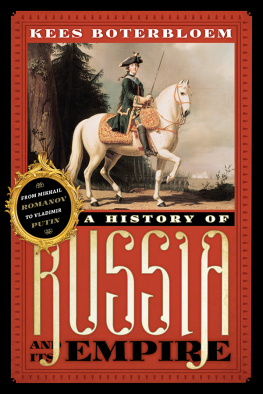
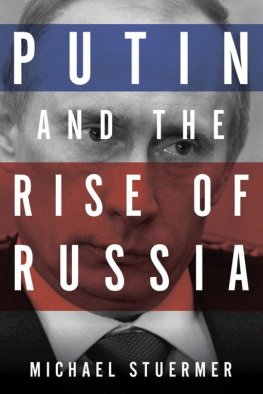
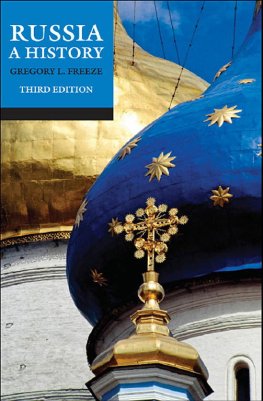
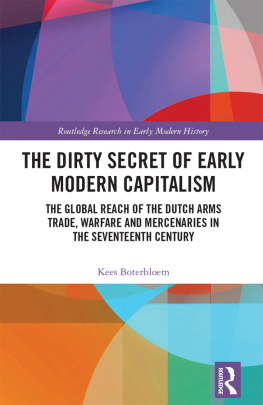
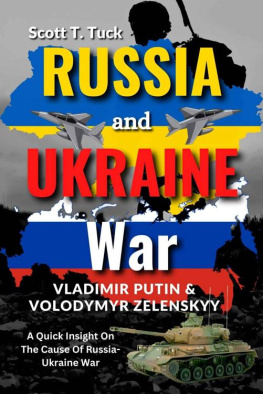
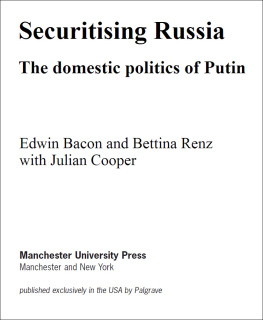


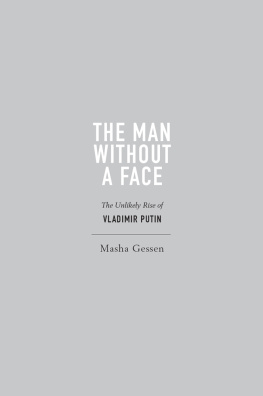

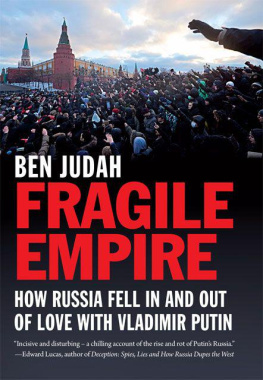
 The paper used in this publication meets the minimum requirements of American National Standard for Information SciencesPermanence of Paper for Printed Library Materials, ANSI/NISO Z39.48-1992.
The paper used in this publication meets the minimum requirements of American National Standard for Information SciencesPermanence of Paper for Printed Library Materials, ANSI/NISO Z39.48-1992.